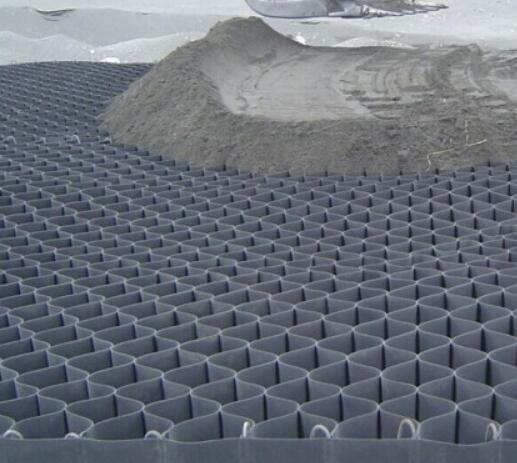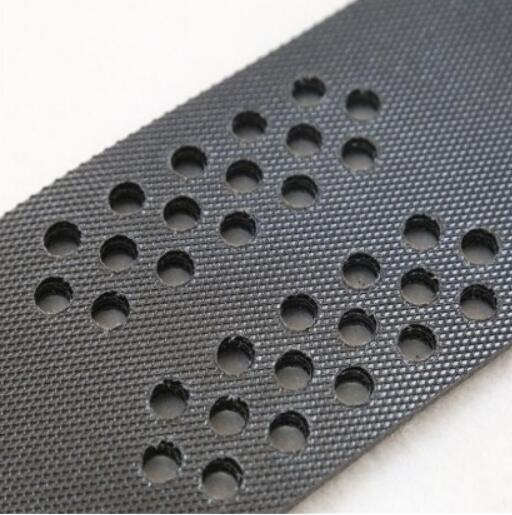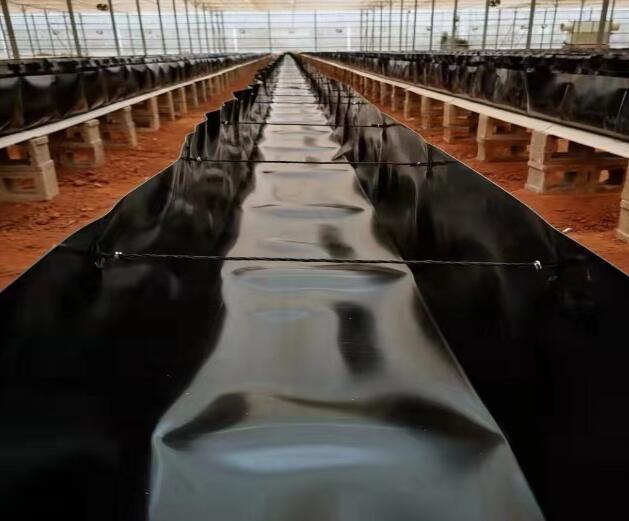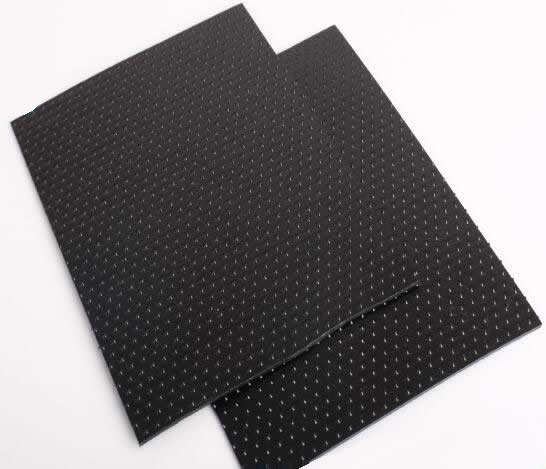- Understanding the Role of Geomembrane Liners in Waste Management
- Innovations in Geomembrane Liners for Water Management
- Geomembrane Liners: A Comprehensive Guide
- The Future of Geomembrane Liners in Civil Engineering
- Geomembrane Liners: Enhancing Landfill Stability
Manager:
WhatsApp:+86 177 0135 2670
Tel:+86 177 0135 2670
Email:marketing@okorder.com
Address:3rd Floor, No.2 Building, No.1 Sanlihe Road
What are the disadvantages of bentonite?
Bentonite, a versatile clay material, has gained widespread use across various industries for its unique properties. Its power to take in water and swell gives it importance in applications ranging from pharmaceuticals to construction. However like any other material, bentonite has some pitfalls particularly when used in specific situations such as those involved in bentonite blankets. This article will establish the downsides of bentonite by focusing on its application in bentonite blankets and how this affects different projects.

Understanding Bentonite Blankets
Before delving into the disadvantages, it's essential to grasp what bentonite blankets are and their purpose. Bentonite blankets, also referred to as bentonite mats or bentonite clay liners are examples of geosynthetic materials used for diverse types of construction and environmental work. These blankets mainly contain a layer of bentonite sandwiched between two geotextile layers. The major role they play is acting as barriers against water infiltration; hence their popularity in applications such as landfill liners, pond liners and waterproofing systems.
Disadvantages of Bentonites Used for Bentonites Blankets
While there is no doubting that these products work well as waterproofing solutions, they have got cons too. Here are some disadvantages associated with the use of bentonites in these applications:
1. Swelling Capacity Limitations
One important attribute of bentonites is their ability to increase their size through swelling when hydrated. Although useful during water tight adhesion processes, it presents several limits at certain point. Consequently, one can say that swelling capacity is finite implying that at one point it cannot absorb anymore water due to maximum volume attained by the substance during hydration process hence regulation pressure encountered leads to reaching full weigh by it enhancing streamlining effectiveness when serving as a barrier to ground or underground water.
2. Sensitivity to Installation Conditions
Performance of bento-blankets largely depends on proper installation methods and environmental conditions. For instance, installing it in a manner that doesn’t allow compaction that is adequate or evenness may lead to low efficiency as well as subsequent system failure. Furthermore, during its installation, extreme temperatures or abrupt fluctuations in moisture content could affect bentonite’s hydration and swelling behaviors thus affecting the overall performance of bentonite.
3. Susceptibility to Mechanical Damage
Bentonite blankets can be damaged mechanically at the time of their placement and after construction activities are over. In case they are not handled with care because these fragile geotextile layers can be punctured or torn off thereby undermining the integrity of waterproofing system. Also objects that have sharp edges around them or heavy machinery such as backhoes within which they are located near can destroy or damage these protective layers leading to potential leaks or breaches in between.
4. Differential Settlement Issues
In projects where bentonites blankets are used for containment/lining systems, differential settling poses a major challenge. Variations in soil compaction and settlement rates across the site can exert uneven pressure on the bentonite layer resulting into localized deformation or tearing apart. This exposes pathways through which water infiltrate leading to compromised integrity of containment systems requiring expensive repairs/rehabilitation.
5. Environmental Concerns
Bentonite being a naturally occurring clay material has implications due to its extraction and processing practices carried out in relation to the environment. Mining activities targeting bentonites might interfere with ecosystems and habitats thereby causing soil erosion, fragmentation habitat among others; similarly transportation together with processing stages uses energy while emitting carbon footprints culminating into environmental pollution.
6.Concerns about long-term durability
Bentonite blankets’ long-term durability is still in question, despite their initial effectiveness as a water-proofing barrier. The Geotextiles could be degraded by several factors like old age, ultraviolet radiation exposure and chemical breaking making the performance of the bentonite barrier questionable over time. Thus, it may require regular maintenance and monitoring to ensure that it continues serving its purpose thereby increasing life cycle cost of such a project.
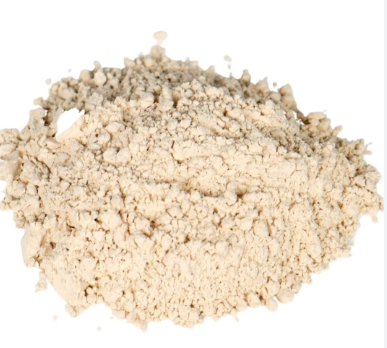
In Summary
However, some disadvantages accompany the use of bentonite blankets for waterproofing purposes in construction and environmental applications. There are different reasons why bentonite would not be ideal for application s such as swelling capacity limitations and the mechanical damage,. This paper recommends that engineers and other project stakeholders should understand these drawbacks well and come up with ways of minimizing them so as to get optimal performance from this type of waterproofing system.”
-
2024-05-15How long does bentonite waterproofing last?
-
2024-05-15What is bentonite used for?
-
2024-05-15What happens when bentonite gets wet?
-
2024-05-15Does bentonite go bad?


